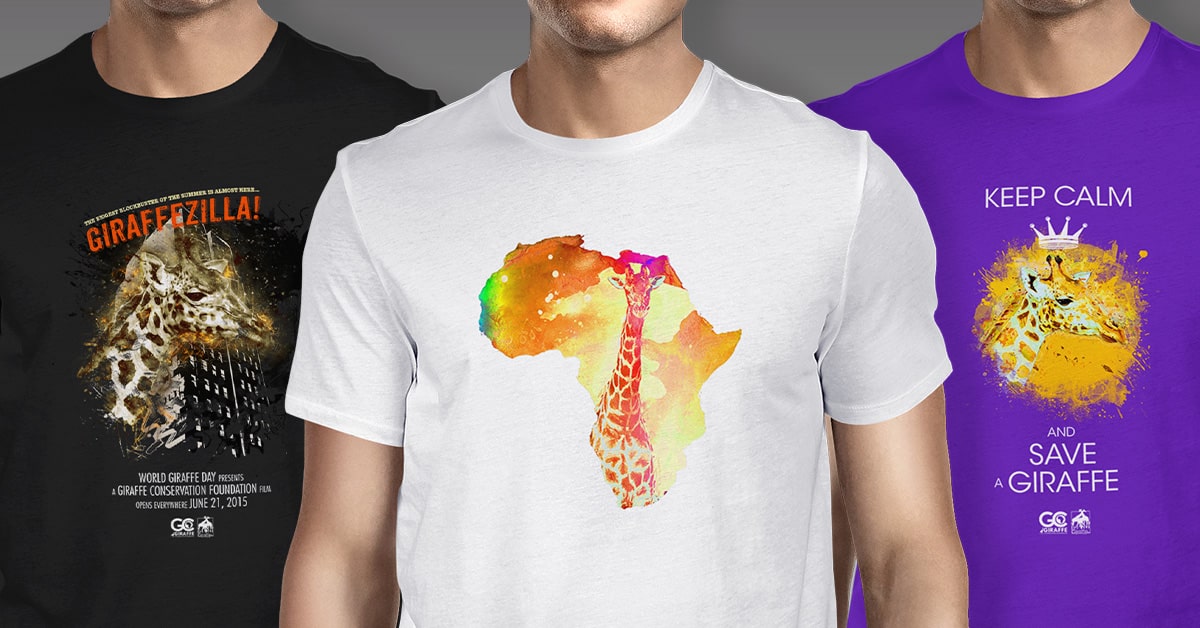The giraffe has one of the highest blood pressures of any mammal. It reaches pressures of up to 280/180 mm Hg, which is twice that found in humans (120/80 mmHg). This is due to the fact that the giraffe’s head is on average 2 metres above its heart and the heart has to combat the forces of gravity to ensure that the brain gets adequate blood flow and oxygen. But how exactly is this achieved?
A giraffe heart weighs on average 11 kilograms and (like in all mammals) is composed of have two halves, the right and the left, which are each responsible for moving blood around the body. The right ventricle of the heart only has to pump blood a relatively short distance to the lungs.
The left ventricle of the heart, on the other hand, has to pump the blood around the rest of the body, including all the way up to the head. In order to reach the brain, the heart has to pump blood not only against gravity but also against the hydrostatic pressure of the blood already in the long vertical artery, requiring a tremendous amount of force. In order to generate this force, it was previously hypothesised that the giraffe had a much larger heart relative to its body size, but recent research has revealed that there is not enough room in the body cavity for a larger heart. Instead, it was found that the left ventricle of the heart has incredibly thick, well-muscled walls and small chamber radius giving each heartbeat enough power to push blood around the body.
Having a smaller chambered left ventricle does pose some additional challenges. In order to allow for adequate blood flow, the giraffe’s heart actually has an altered electrical rhythm, which allows more time for the left ventricle to fill with blood between each heartbeat. In addition, the average resting heart rate is slightly higher than expected for an animal of that size at 40-90 beats per minute. For comparison, this rate is almost the same as a human’s average heart rate (60-100 bpm) and much higher than an elephant’s (30 bpm).
In summary: the giraffe’s heart is not bigger compared to most mammals, but rather has a thicker muscle on the left ventricle of the heart that generates enough force to fight gravity. The slightly quicker heart rate compared to other animals of their size combined with an altered heartbeat allows the heart slightly more time to fill with blood between heartbeats for overall greater efficiency.





















